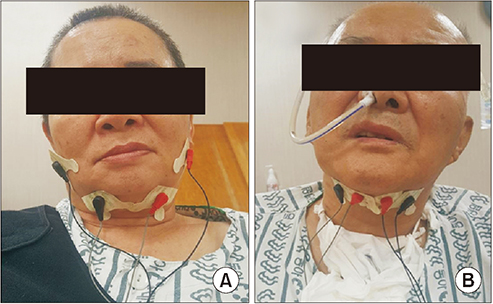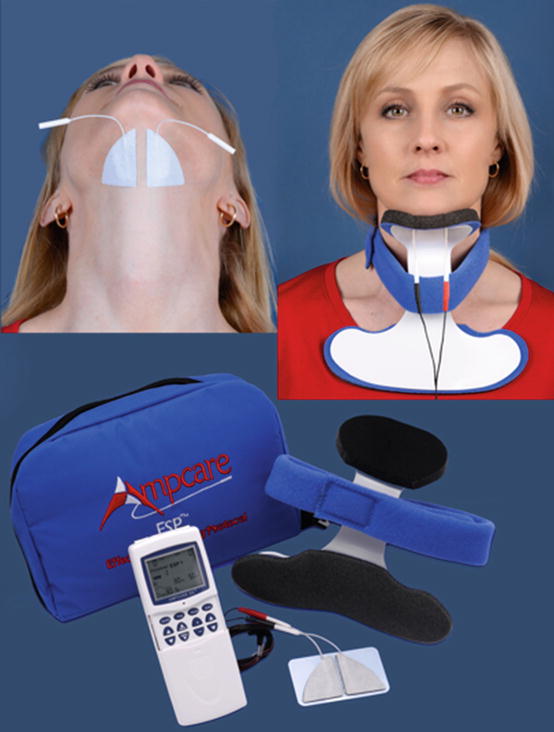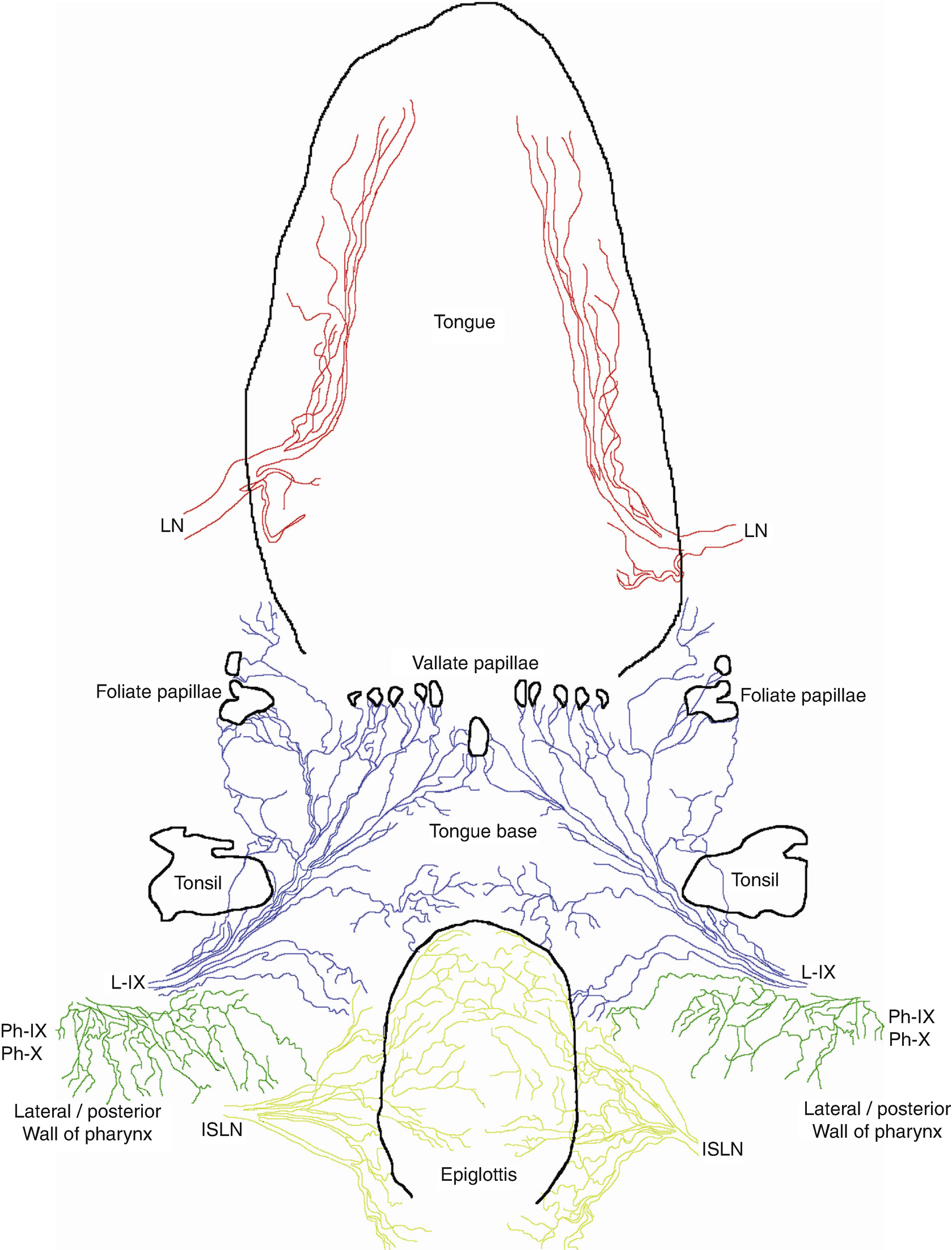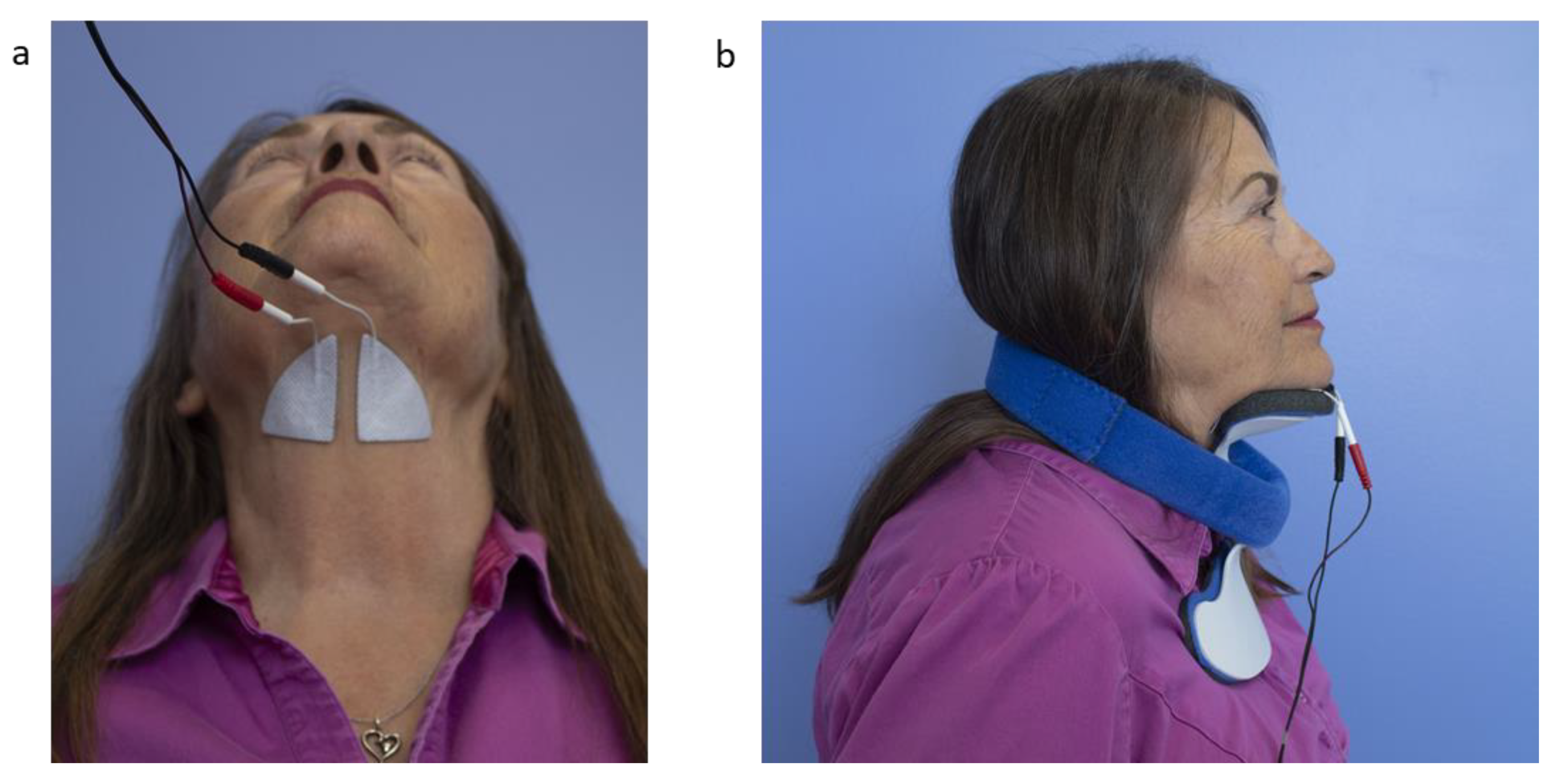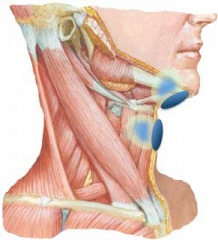Phagenyx consists of a base station and a treatment catheter which in combination enable the healthcare professional to deliver personalised dysphagia treatment for every patient.
Pharyngeal electrical stimulation for dysphagia.
Pes is carried out via location specific intraluminal catheters that are introduced transnasally and enable clinicians to stimulate the pharynx directly.
A randomized controlled trial.
Phagenyx base station.
Listing a study does not mean it has been evaluated by the u s.
The phagenyx base station delivers the optimal stimulation for a particular patient.
Crossref medline google scholar.
Pharyngeal electric stimulation pes is a novel treatment for poststroke dysphagia that has shown promise in 3 pilot randomized controlled trials.
Pharyngeal electrical stimulation evaluation for dysphagia after stroke pheed the safety and scientific validity of this study is the responsibility of the study sponsor and investigators.
Pharyngeal electrical stimulation pes is a novel technique intended to activate the peripheral sensory afferents to the central pattern generator and to the cortical swallowing area by a.
Electrical pharyngeal stimulation eps has been shown to improve swallowing function and in particular decrease airway aspiration in acute stroke patients.
It also records and stores patient information to avoid errors in treatment.
Research design and methods.
Electrical pharyngeal stimulation for dysphagia treatment in tracheotomized stroke patients.
The pharyngeal electrical stimulation for early decannulation in tracheotomised stroke patients with neurogenic dysphagia phast trac trial was designed to replicate validate and extend this single centre experience in a larger phase 3 design.
In normal volunteers and patients with subacute stroke and dysphagia pharyngeal electrical stimulation pes at 5 hz and 75 of maximum tolerated intensity typically 10 20 ma for 10 minutes produced the strongest effect on brain excitability measured with transcranial magnetic stimulation tms.
Irrespective of the modality of neurostimulation applied most of these studies focussed on mild to moderate stroke and included only a small proportion of severely dysphagic patients i e.
Methods we randomly assigned 162 patients with a recent ischemic or hemorrhagic stroke and dysphagia defined as a penetration aspiration score pas of 3 on video fluoroscopy to pes or sham.





